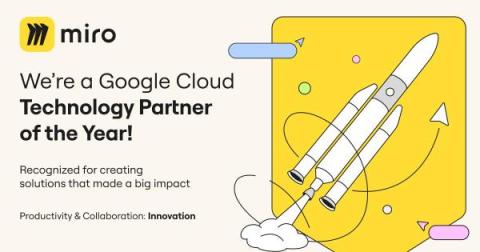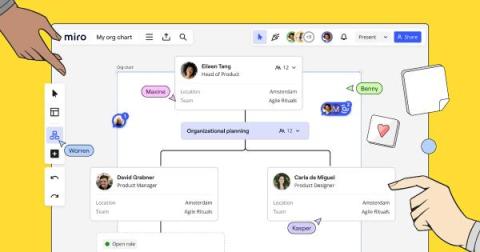Should we scale, and if so, how?: Dissecting the Scaled Agile debate
It’s been 23 years since the Agile Manifesto transformed software development. Frameworks like Scrum and Kanban and other Agile practices have allowed teams to move away from rigid, linear processes to more flexible ones that focus on delivering value to customers faster. Since then, the world of Agile has expanded in scope.











